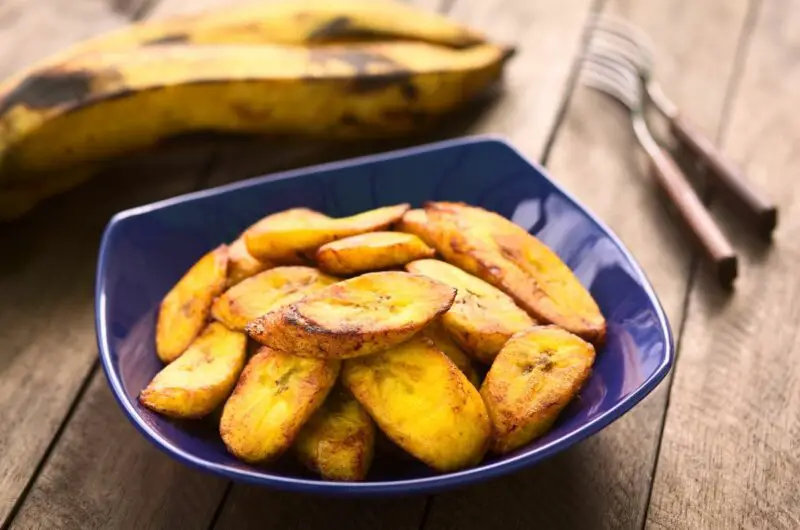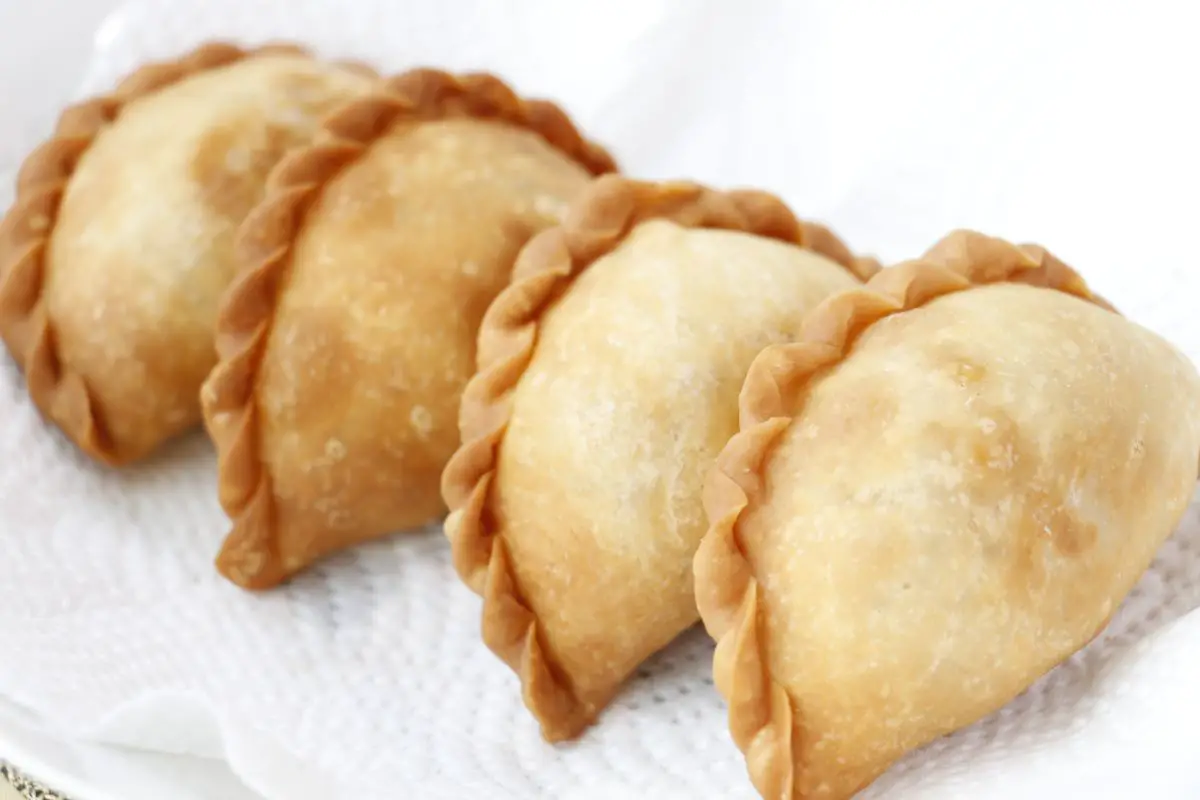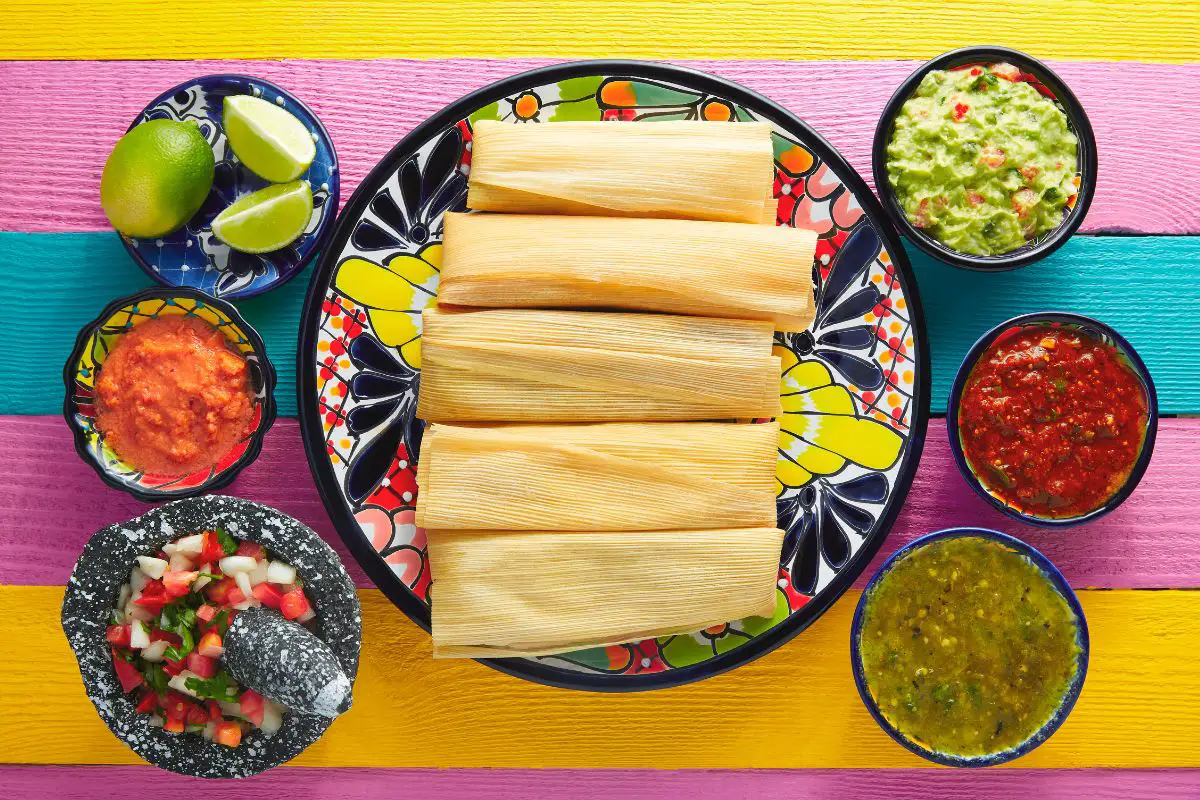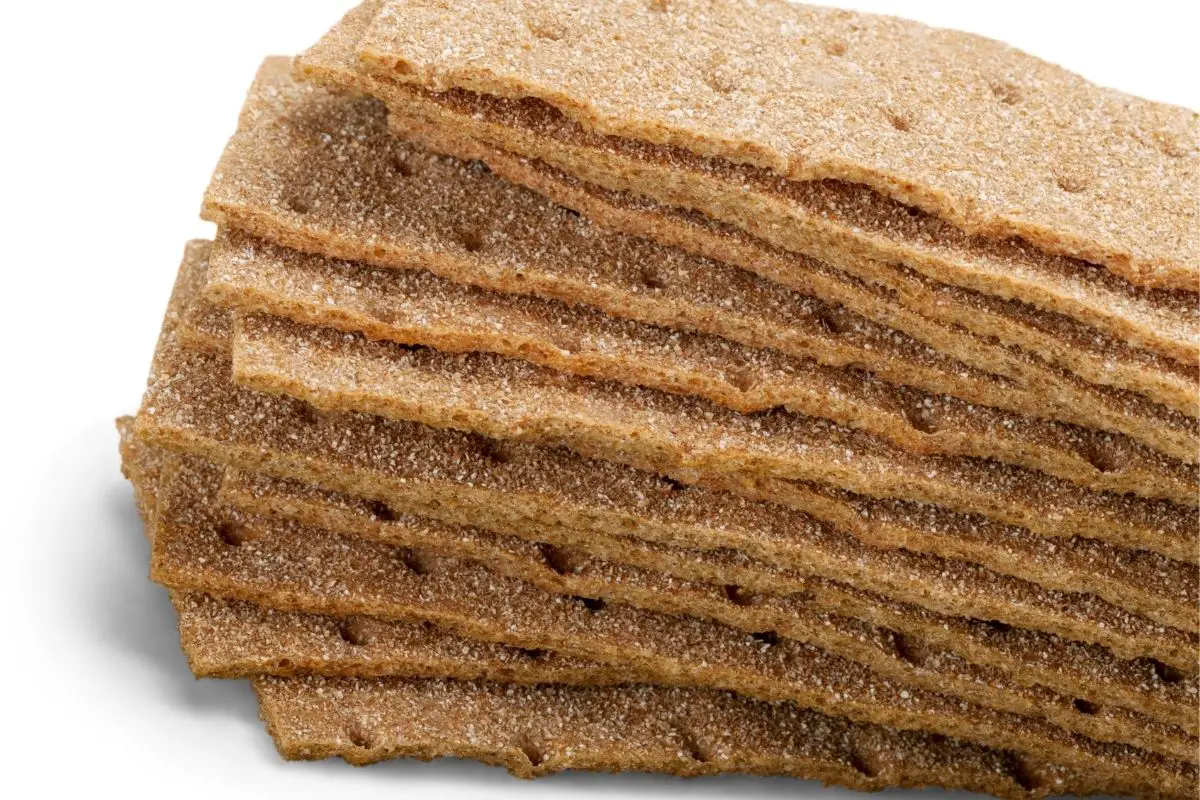A plantain is effectively a variety of banana, or more specifically a cultivar of the genus Musa. Many people don’t realize that there are actually loads of different types of what we would commonly call a banana.
What is commonly called a plantain is a type of cooking banana used in cooking, rather than eaten raw.
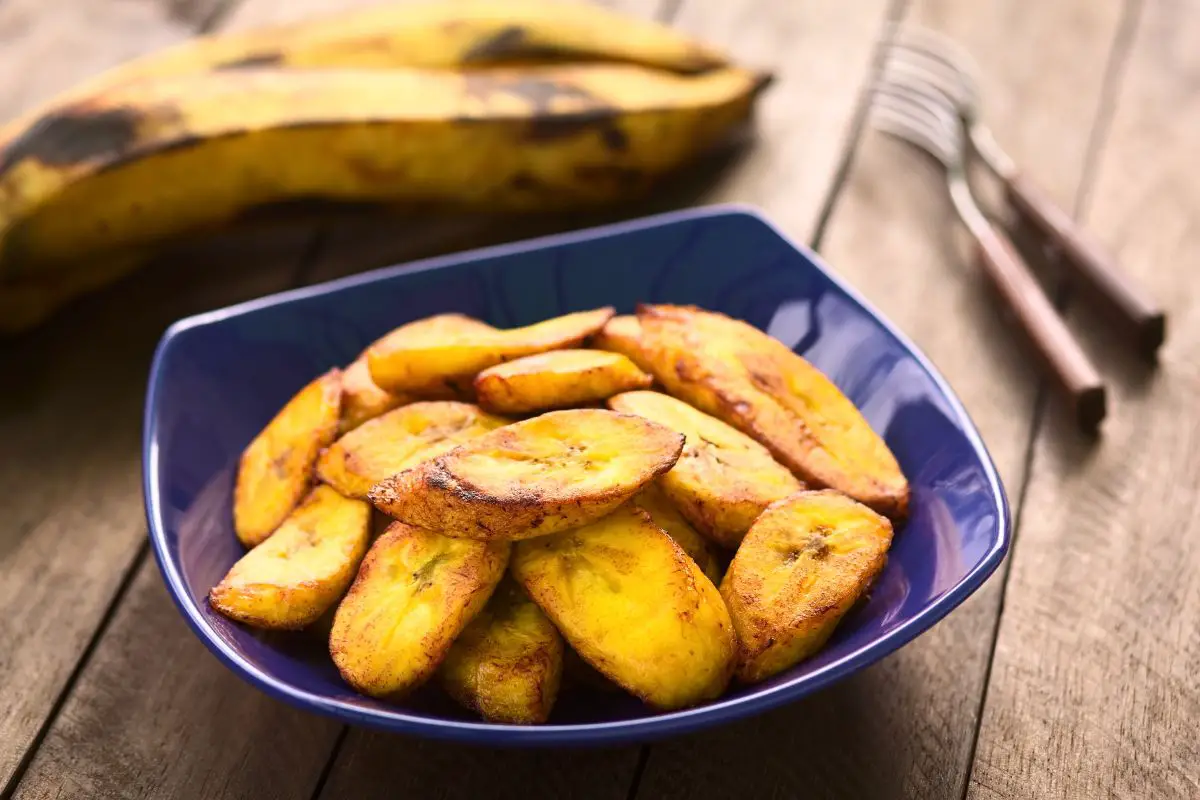
Plantain is particularly popular in the Caribbean and in Africa generally, where the Musa plant they are derived from grows plentifully, where the plantain is used commonly in various African and Caribbean cuisines.
They are also pretty popular in South America and Latin cuisines where they equally grow endemically.
Due to immigration and colonialism, the plantain has become quite popular in Western countries thanks to immigrants and native African cultures that have become subsumed into countries like Britain and the US, in the same way that Italian food became popular after their own period of immigration, albeit for different reasons.
In any case, you may be hesitant of a plantain as a Westerner, banana in a curry can sound wild to some. So we are here to help dispel the mystery around plantains, what they taste like, and how they are used.
What Actually Is A Plantain?
As we discussed in the introduction, the plantain is one of many varieties of the banana we commonly know, that comes from the Musa plant, or genus.
For the horticulturally inclined, the plantain’s botanical name is Musa paradisiaca, while the more common bana that is sweeter and sold across the world as a raw fruit is usually one of two wild species, Musa acuminata, or Musa balbisiana.
What is clear from this botanical description is that the generic bana we eat raw, that is commonly exported to most countries, is a completely different variety of banana to a plantain, which comes from a separate plant. Albeit a plant of the same family.
Many people assume that plantains are actually unripe bananas, but this isn’t true. Plantains have a tougher skin that is most commonly green in color and can be enjoyed as a ripe or unripe fruit in itself.
Most people don’t really eat plantain raw, it’s more commonly cooked, although when ripe it is a lot sweeter, but a plantain is, importantly, a lot starchier. They are naturally lower in sugar but when cooked this earthy sweetness comes out a lot more.
Depending on where you live, plantains are widely available. In the US they are regular imports and aren’t that hard to find in the southern states. Most international stores will likely have plantains as well as most vegetable markets.
What Does A Plantain Taste Like?
Unsurprisingly, a plantain is most comparable to a normal eating banana. A raw plantain is quite starchy and can be a little sweet when ripe but nowhere near as much as a normal banana. They are commonly cooked in order to bring out sweetness.
A plantain will usually taste quite a lot like what it has been cooked in, they are great carriers of flavor without impeaching on that flavor too greatly. Beyond that, they basically just taste like a less sweet banana.
Plantains are used in more savory applications than bananas for not being so sweet. If you used an eating banana in the same way you would use a plantain you would end up imparting too much sweetness into the dish, which you likely don’t want.
Plantains are famed for bringing a lot of enjoyable texture to a savory dish.
How To Use A Plantain
While your common banana is sweeter and eaten raw, a plantain is usually cooked instead. As mentioned, due to being less sweet and more starchy, they are commonly used in savory applications.
Here’s a few recipes that use plantains in different ways.
1. Fried Plantain
If you wanted to try a plantain on its own, this is actually pretty common. Fried plantain quite simply fries the plantain and lets its natural sugars come out. As the heat draws the natural sugars out that are present in the plantain they become pleasantly sweet, but not super sweet.
You can combine them with salt, and they are commonly served as a side alongside a curry, usually a combination of meat with rice and usually fried plantain.
This aforementioned combination forms the national dish of Guyana colloquially known as ‘cook-up rice’
This is a really common side dish you can get from any Caribbean or Afro influenced restaurant.
2. Tostones (Or Patacones)
Tostones are essentially fried plantains, but in this South American dish they usually use unripe, or green, plantains that have little to no sweetness.
They are often fried, smashed, and then fried again so that they become quite crispy rather than gooier Caribbean fried plantain.
Once fried to a crispy texture they are usually combined with salt and lime for a much more savory take on this unique fruit. This is very common in areas of South America where plantains and bananas grow a lot.
3. Bahian Curry (Moqueca)
Brazil, particularly its state of Bahia, is another country and regional cuisine that loves to use plantains. This is a fish stew that is very common in Brazilian cuisine known as a Moqueca.
It is commonly served alongside unripe fried plantains, as well as other Brazilian delites such as palm hearts and coconut farofa.
If you like fish stews or curries, and want to try the plantain with it, this is a good, and relatively easy, recipe to try. The flavors in the stew pair perfectly with the slightly sweet fried plantain.
The outcome is super summery and will transport you to a beach in Bahia.
4. Asaro (Yam And Plantain Curry)
Asaro is a type of Nigerian curry, a Yoruba word that describes root vegetables cooked in a tomato and chile based sauce. There are many variations of this regional delight but it is traditionally served with yam and unripe plantain as the main characters.
The sauce is rich with garlic, ginger and shallots and is spicy and sweet, the perfect pairing with teh sweet and starchy yams and plantains. The coconut milk smoothes out all the flavors and brings the whole dish together.
Asaro is easy to make and also cheap too, but serves a lot of people and is actually completely vegan.
5. Platanos Maduros con Guayaba y Queso (Plantains with Guava And Cheese)
Here’s an interesting recipe commonly made in Colombia, and other Latin nations, that endears the sweetness of plantains.
Guava jam or paste is quite sweet but also has savory uses. In combination with the plantain the guava is a pleasant sweetness, and the addition of what is usually mozzarella cheese is the perfect palette for balancing sweetness with creaminess.
It’s worth a try and is really tasty.
Final Thoughts
As you can see, bananas are exclusively sweet, and plantain can be used in both sweet and savory applications, but most commonly savory.
Put simply, a plantain is a variety of banana that is naturally lower in sugars and thus less sweet, making it ideal for cooking with. It provides textural contrast that is pleasant and is very common in Caribbean, and South American cuisines.
What Do Plantains Taste Like? How To Use Plantains?
Course: Taste Like4
servings30
minutes40
minutes300
kcalIngredients
Directions
- Gather the ingredients.
- Peel plantains by cutting off both ends, and cutting a slit down the side of each plantain.
- Remove the plantain peel by peeling it side to side rather than lengthwise. It will come off in sections. You may need to use the knife at the edge of each section to help loosen it from the flesh.
- Cut the peeled plantains into 1/4-inch-thick slices. Diagonally is preferred because it provides a larger surface for caramelization; it can be cut straight across into rounds.
- Drizzle just enough oil into a nonstick skillet to coat the bottom of the pan, and place it on medium heat.
- When the oil begins to shimmer, but not smoke, add plantains (work in batches). Fry for 1 1/2 minutes on one side, flip and cook for 1 minute on the other side.
- Remove plantains from the pan and drain on paper towels.
- Continue frying in batches until all the plantains are fried.
- Sprinkle lightly with sea salt to give a sweet and salty taste to your fried ripe plantains.
- Serve and enjoy.
Recipe Video
https://www.youtube.com/watch?v=K8RKGRrZDx8Video can’t be loaded because JavaScript is disabled: People Try Plantains For The First Time (https://www.youtube.com/watch?v=K8RKGRrZDx8)- What Exactly Do Chickpeas Taste Like? Is There A Distinct Flavor? - September 30, 2023
- Top 11 Low Carb Options at Sonic Drive-In for Keto Diet - September 30, 2023
- What Should You Serve Alongside Potato Salad? 8 Incredible Side Dishes - September 30, 2023

